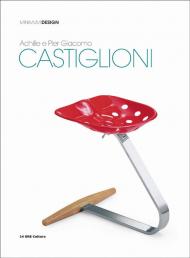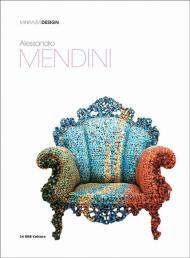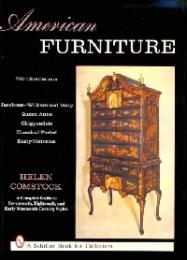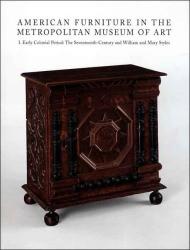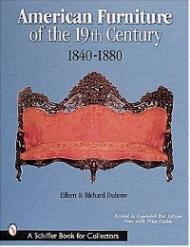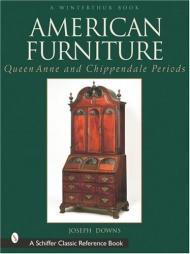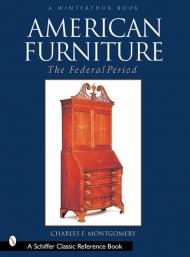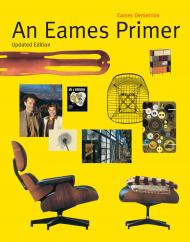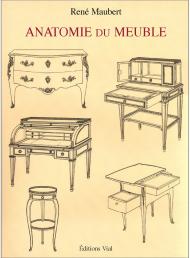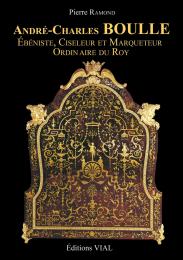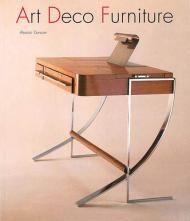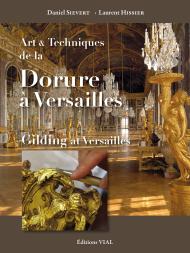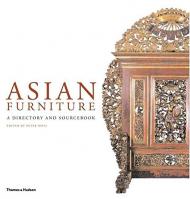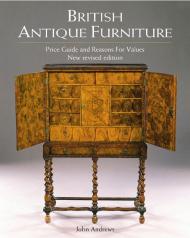L’auteur, professeur de marqueterie à l’école Boulle et docteur en histoire de l’art, nous décrit la vie et l’œuvre de cet ébéniste d’exception avec le regard combiné d’un artisan et d’un historien.
André-Charles Boulle (1642-1732) était déjà à 30 ans considéré comme « le plus habile ébéniste de Paris » (Colbert). Il fut le seul artisan de sa génération à réunir plusieurs savoir-faire qui tous participaient à la beauté des objets qu’il fabriquait. Son nom est en effet associé à ses talents de marqueteur, lui qui avait développé l’art de recouvrir les meubles d’écaille de tortue et de métal (laiton, étain ou cuivre), procédé qui prit le nom de marqueterie Boulle. Il était également un virtuose de la « peinture en bois », une technique associant diverses essences pour former bouquets, rinceaux, guirlandes et arabesques. Il fut aussi dessinateur, tabletier, menuisier et il maîtrisait l’art du bronze : il dirigea finalement son propre atelier de fabrication des bronzes où il sculptait parfois ses modèles et pratiquait la ciselure et la dorure.
Il nous laissa des meubles magnifiques, mais aussi de plus petits objets : écritoires, consoles, horloges, coffrets et de nombreux dessins manuscrits ou gravés que l’auteur se fait un plaisir de présenter à travers de nombreuses photographies et de commenter en précisant leur histoire, les techniques utilisées, les essences et matières mises en oeuvre. À l’occasion il les accompagne de leur relevé, et pour mieux rendre compte des nombreux détails, certains dessins de grandes dimensions sont présentés sur des planches dépliantes.
Le livre commence par un rappel des techniques de marqueterie utilisées par Boulle : le dessin, les matériaux, le découpage et ses outils, la partie et la contre-partie, la marqueterie de bois (ou peinture en bois), la gravure. Il raconte ensuite la vie de l’ébéniste, précise son contexte historique dans le Paris des artisans au XVIIe siècle, sa famille avec Jean Bolt, son père déjà menuisier en ébène, sa jeunesse, sa rapide ascension dans l’artisanat jusqu’à être logé pendant 60 ans au Louvre par le roi qui l’a ainsi placé au-dessus des règlements corporatifs. L’auteur nous rappelle que l’homme était aussi un fou de peinture et collectionneur passionné, ce qui le faisait toujours vivre avec des créanciers à sa porte et le fera même tâter de la prison pour dettes.
Le texte est émaillé de nombreuses photographies accompagnées de descriptions d’ouvrages de Boulle sans oublier ceux de certains ébénistes contemporains qui l’ont influencé ou au contraire suivi, et de certains meubles plus tardifs qui montrent des panneaux de marqueterie du Maître réemployés par d’autres. Le livre se termine par un reportage dans un atelier parisien qui a récemment effectué dans les règles de l’art la copie d’une armoire de Boulle.
Pierre Ramond est également l’auteur de plusieurs livres de référence : La Marqueterie et les trois tomes des Chefs d’œuvre des marqueteurs, également aux éditions Vial.
Sommaire :
Préface de Daniel Alcouffe, conservateur du musée du Louvre
Histoire et technique de la marqueterie
La vie et l’œuvre d’André-Charles Boulle
L’héritage d’André-Charles Boulle
